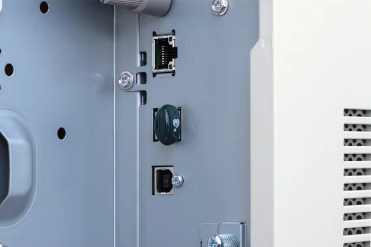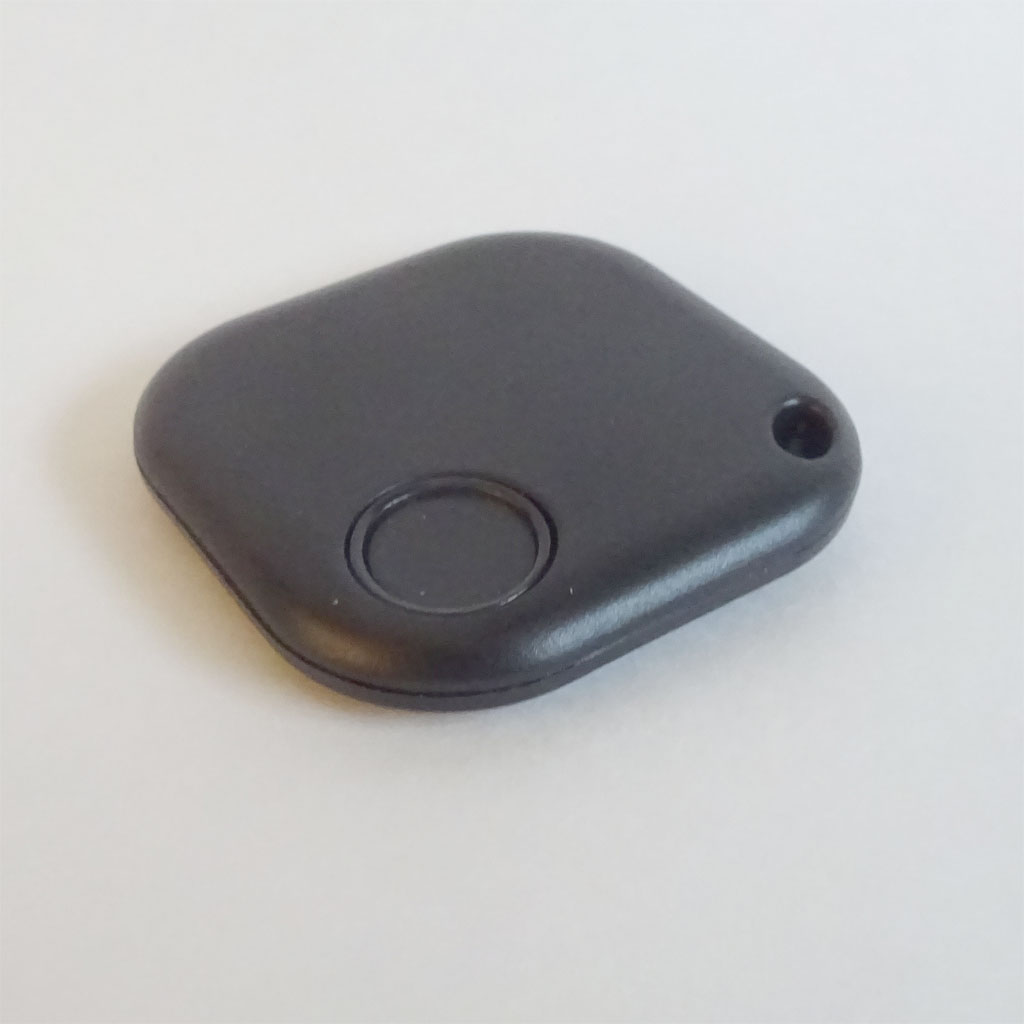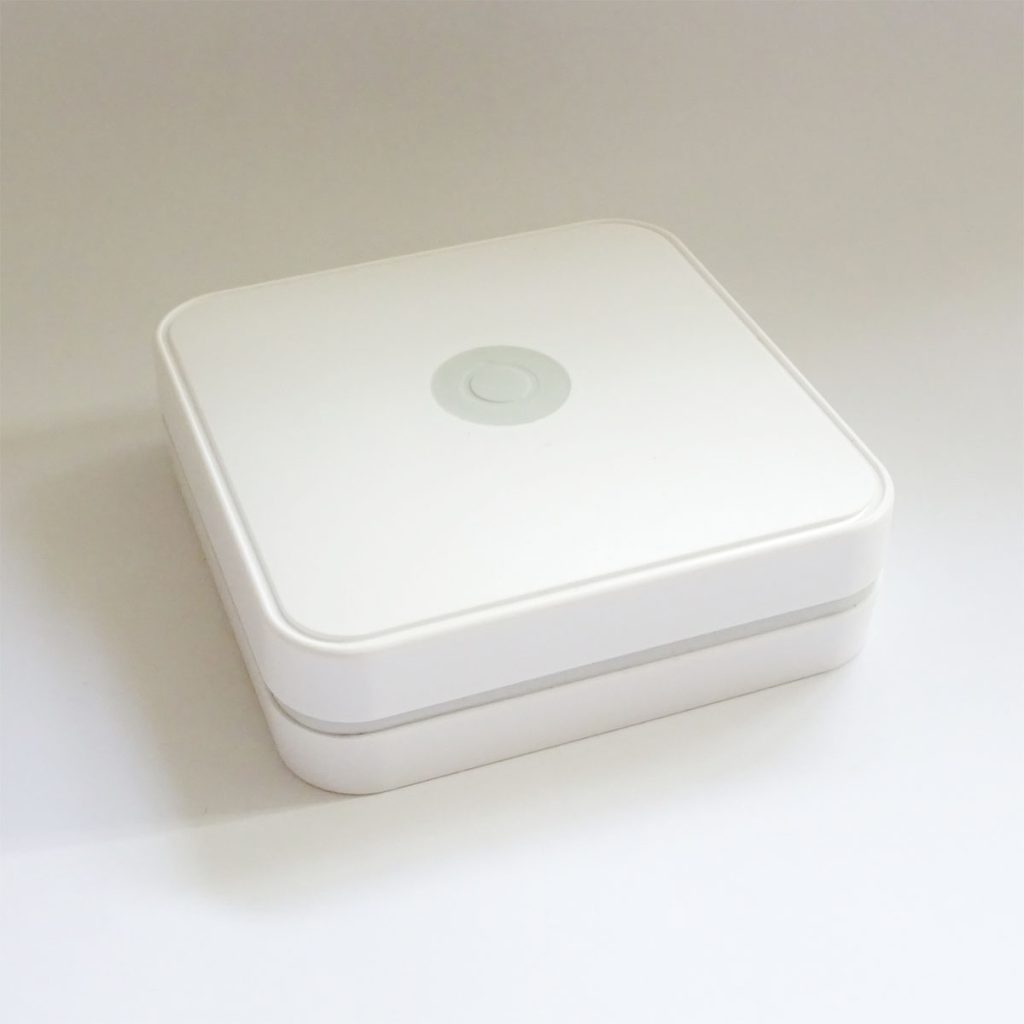VMware Workspace ONE UEM (Unified Endpoint Management) is a comprehensive solution designed to manage and secure endpoints in an enterprise environment. It’s part of the broader VMware Workspace ONE platform, which offers a suite of tools for digital workspace services.

Workspace ONE UEM provides IT administrators with the ability to manage a wide range of devices, including smartphones, tablets, laptops, and desktops, across various operating systems like iOS, Android, Windows and macOS. The goal is to streamline the process of deploying, securing, and managing these devices, ensuring that they are compliant with company policies and that corporate data remains protected.
Apple iBeacon, integrated with Workspace ONE Intelligent Hub v5.1+, enhances location awareness for devices using Bluetooth Low Energy (BLE). BLE offers efficient device tracking without draining battery life and is more precise than geofencing. iBeacons can monitor multiple regions at once, ensuring privacy as devices are tracked only upon entering or exiting specific areas.
To utilise this, set up a third-party iBeacon, configure it in the UEM console, establish iBeacon regions and then push device profiles with iBeacon capabilities. This allows the Workspace ONE Intelligent Hub to detect when devices enter these regions and log any changes in iBeacon ranges.


